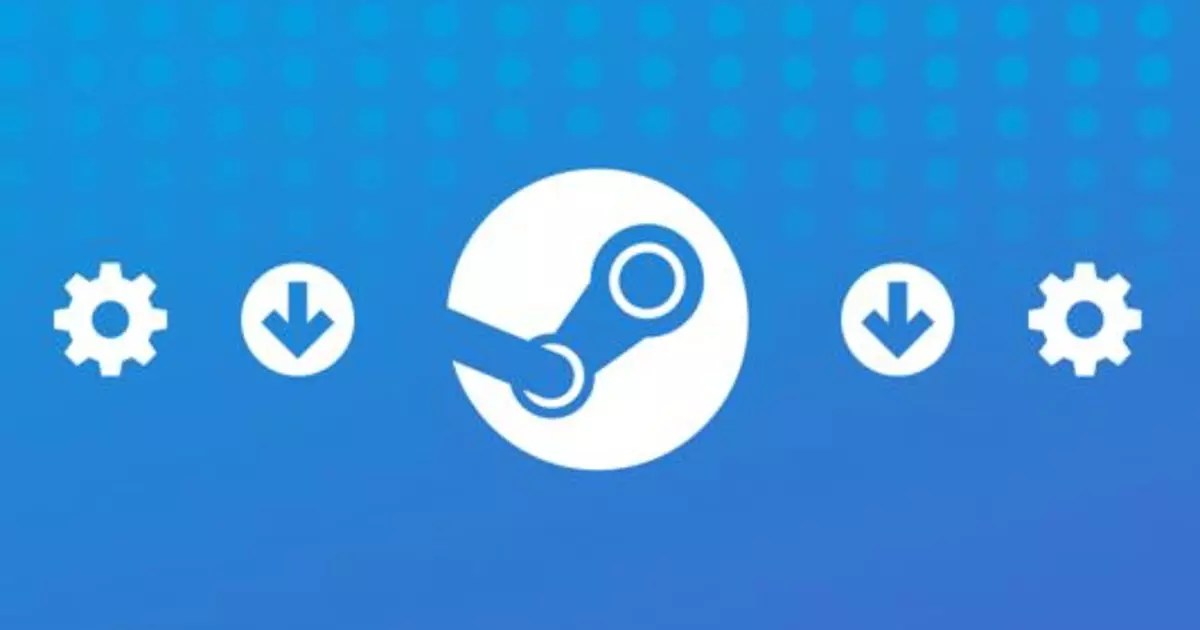As technology evolves, so too do our expectations for the software that powers our devices. For gamers, the Steam platform has long been a bastion of digital convenience, allowing for instant downloads and easy access to updates. Yet, amidst the joys of gaming, there lies an inherent frustration — the unexpected and often substantial size of game updates. Recently, Valve announced a potential new feature for Steam that allows players greater control over when updates are downloaded. While this sounds appealing on the surface, it raises questions about the overall user experience and could spell trouble for those who wish to avoid update-induced interruptions.
For many Steam users, the current update mechanism is a mixed bag. By default, Steam moves quickly to download updates for games the moment they are available. For commonly played titles, this can minimize disruption, as gamers can jump right into the action without delay. However, it also creates a hidden treachery; sudden updates may launch unexpectedly at inconvenient times, like during impulsive gaming sessions prompted by a sudden burst of free time. Picture the scene: you fire up your gaming rig, only to be met with the deafening roar of your fans as they work overtime to download the latest patches for multiple games at once.
Valve’s proposal illustrates an understanding of these frustrations and aims to introduce a dropdown menu in download settings that allows users to choose when updates are applied — specifically, when they actually launch the game. This newfound flexibility acknowledges a common user’s plight, especially those on restrictive data plans. However, while this feature could theoretically alleviate bandwidth issues, it poses the risk of devolving the gaming experience into a mess of waiting and downtime.
At first glance, the idea of controlling when updates are applied seems like an excellent opportunity for customization. However, it could inadvertently lead to a frustrating gaming environment reminiscent of certain console experiences. Gamers may recall the irritation of turning on a PlayStation 4 or 5, only to find themselves caught in an endless loop of updates that can be both time-consuming and cumbersome. Imagine launching a game only to wait, often for what feels like eternity, as your system obliges you with update after update.
This churning cycle can rob gamers of precious time and enthusiasm for gaming. Despite the option to defer updates for a few more months, it cannot mask the reality: by the time you decide to dive back into a storied franchise, inadvertently compounding updates may leave you staring at a loading screen rather than enjoying immersive gameplay. It is critical to assess whether this perceived control truly enhances the gaming experience or merely complicates it.
Valve’s new feature is a clear attempt to address a shared concern among gamers regarding download management. It offers power to the player and flexibility for those who require it. Yet, inherent in this solution lies the unmistakable question of whether gamers want to be put in the driver’s seat, given the potential for self-imposed delays.
To consider the nuanced relationship between control and convenience, it is essential to differentiate between user habits and preferences. Many seasoned gamers enjoy the familiar rhythm of automatic updates, while others might find themselves continually waiting for their games to become playable. Recognizing the diverse demographic of the gaming community, Valve must tread carefully in how they roll out this feature. They should balance the desires of frequent players against those with more intermittent gaming schedules, ensuring that the feature does not unintentionally alienate casual users.
As Valve teases this new option in the beta client, it is essential to ask whether the modification will ultimately serve players or hinder their gaming experiences. While the opportunity for increased control over update times is promising, players must weigh the pros and cons thoughtfully. After all, enhanced control could lead to an unforeseen burden. With anticipation looming, the release of this feature remains to be seen; it could very well determine whether players embrace an evolution in their gaming experience or lament the loss of the simplicity Steam once promised.


Leave a Reply